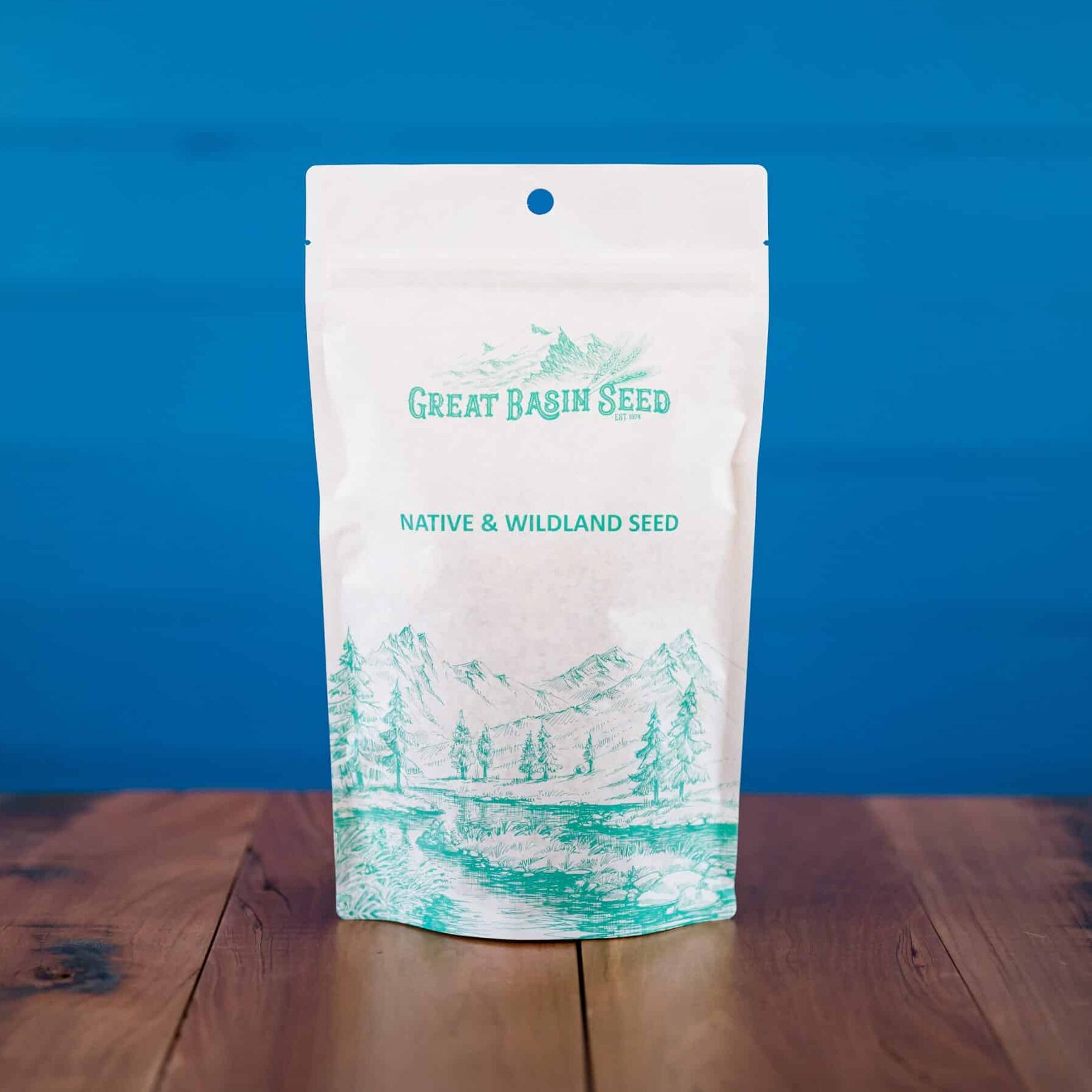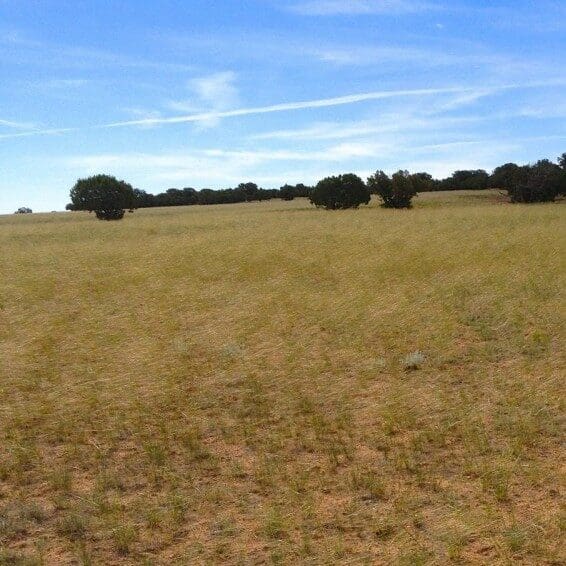













Needle and Thread Grass
 $51.65 – $89.00
$51.65 – $89.00 - Scientific Name: Hesperostipa comata
- Critical range species in the western USA
- Needlegrass with long, tangling beard and sharp needle
- Highly valued for reclamation and range rehabilitation
- Important species after fire disturbance
- Cool-season, full sun, perennial bunchgrass
- Very drought tolerant
- Prefers well drained soils
- Grazing limited to early stages of plant development
Needle and Thread Grass (Hesperostipa comata) is a critical range species in the western US. It is a needlegrass with a very long, tangling beard. It is highly valuable for reclamation and range rehabilitation. It is a very important species after fire disturbance. This is a cool-season, full sun, perennial bunchgrass adaptable to many elevations and climates. It will grow to be 2 – 4 feet tall. This grass is found from British Columbia and the Yukon to Ontario, south to California, New Mexico and Texas.
Needle-and-Thread (Hesperostipa comata) is very drought tolerant and prefers excessively drained sands to fine sandy loams to coarse gravelly loam soils, but is also found on loam to clay loam soils in some habitats. It is most commonly found in 7- 16 inch precipitation zones, but occasionally is found in areas receiving as low as 5- inches to as much as 24- inches mean annual precipitation. Its elevation range is most common from 3500 to 8500 feet, but it has been found at elevations as low as 1000 feet.
It’s quality as a grazing species is limited to the early stages of development because once it is developed the sharp seeds are injurious and can cause festering sorest to animals once they turn hard. It begins growth early in the spring, goes dormant in early to mid-summer and may green-up in fall if soil moisture is adequate. It is considered good forage in spring prior to awn development and again in fall after seed is dropped. When grazed while awned seeds are present, the sharp-pointed seed may injure livestock by working into tongue, throat, eyes and ears. It is desirable forage for elk in winter and spring and considered desirable forage for deer in spring.
Needle and Thread Grass is a very effective grass in preventing wind erosion on sandy soils. It is one of the first grasses to naturally establish in disturbed sandy sites. It can be used in seeding mixtures for revegetation of sandy sites and sites disturbed by mining activities.
This species has fairly high levels of seed dormancy. If seed is less than 2- years old, it should be planted in late fall as a dormant planting to assist with breaking the seed dormancy. Older seed can be planted in early spring. Seed should be planted about 3⁄4- inch deep on loamy soils, about 1⁄2- inch deep on clay soils and up to 1- inch deep on sandy soils.
Great Basin Seed is a major purveyor of native Needle and Threadgrass. We custom collect our seed from native stands in Utah, Colorado, Idaho and Wyoming.
Needle and Thread NRCS Plant Fact Sheet
Needle and Thread NRCS Plant Fact Sheet
PDF version of NRCS Plant Guide & Fact Sheet
Prepared By & Species Coordinator: Percy Magee USDA NRCS National Plant Data Center, Baton Rouge, Louisiana
Helpful Links
Additional information about this product can be found on the academic websites linked below.
Synonyms
Many plants have more than one common and scientific name. We've listed a few of them below.
- Needle and Thread Grass
- Hesperostipa comata
Who is Great Basin Seed?
Great Basin Seed is a seed company that specializes in seed sales and consultation for home, ranch, farm, range and reclamation. We have been a leader in the seed industry since 1974.
Our History
We've been in the seed business since 1974.
What We Offer
We offer seed for home, farm, ranch, range and reclamation projects.
Meet the Gang
We have the best employees in the world! We are proud of the work they do, and trust them to serve you!
Right: Company founder Lloyd and his wife Paula Stevens in a wildflower seed production field circa 1977
Quick Plant Facts
| Common Name: | Needle & Threadgrass |
|---|---|
| Scientific Name: | |
| Old Scientific Name: | |
| Origin: | |
| Lifespan: | |
| Plant Type: | |
| Root Form | Bunchgrass |
| Min. Precipitation | 8 inches |
| Best SowingTime | Fall |
| Seed Count | 115,000 seeds/lb. |
| Sowing Rate | 10-14 PLS lbs. per Acre |
| Growth Season: | |
| Sun & Shade Tolerance: | Full Sun, Shade Intolerant |
| Elevation of Occurance: | |
| Hardiness Zones: | |
| Select a Package Size and Quantity | 8 oz. Pouch (0.50 lbs.), 1 lb. (by the pound) |

















